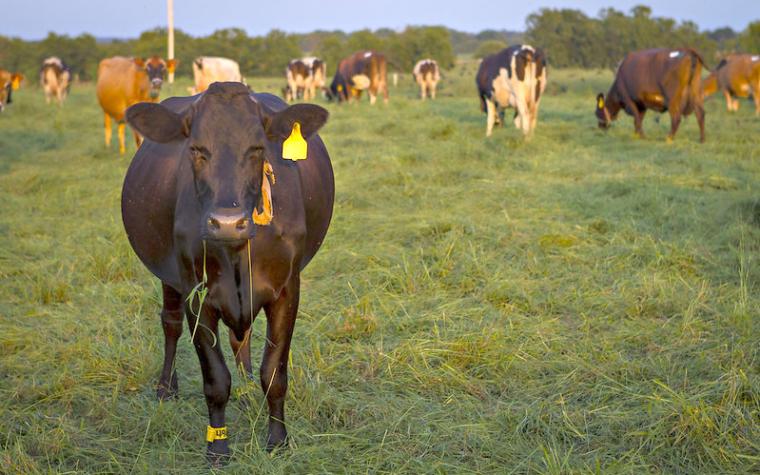MU Extension has resources to help producers understand marketing and planning needs.
FORSYTH, Mo. – Selling beef directly from the farm to consumers gained significant popularity during the COVID-19 pandemic.
“Though adoption has slowed, selling direct to consumers remains a popular option for Missouri beef producers as an alternative to selling live animals, as it allows the producer to capture additional value otherwise obtained by others in the food processing chain,” said Jacob Hefley, University of Missouri Extension agribusiness field specialist.
“However, this added value is not obtained without investing a significant amount of additional time and effort,” Hefley said. “With this in mind, it is important for producers to carefully evaluate the direct-to-consumer business venture before deciding to move forward.”
In addition to evaluating financial impacts and personal business goals, Hefley encouraged producers to conduct a thorough analysis of marketing options. Three common direct-to-consumer marketing options include freezer beef, individual cuts and meat bundles:
1. Freezer beef involves selling a whole live animal or a share of a live animal to a customer. In this case, the customer takes ownership of the animal before slaughter. Though the producer can arrange processing and deliver the animal, the customer will pay for processing. This method does not require the animal to be slaughtered at a state or federally inspected plant.
2. Selling individual cuts requires the meat to be processed under state or federal inspection. However, it allows producers to capture a higher value for their product. This method requires more intensive marketing from the producer to make sure products (including uncommon or undesirable cuts) are sold to avoid loss and maintain freezer space.
3. Selling meat bundles also requires state or federal inspection, and bundles are often offered alongside freezer beef or individual cuts. Meat bundles may be more attractive to consumers who are intimidated by the process of purchasing an animal share or are not able to store large amounts of beef. Producers can use meat bundles as an option for customers wanting to purchase meat in bulk, and it allows slower-moving cuts to be combined with popular cuts.
Regardless of business model, direct-to-consumer beef sales require investing more time and effort in marketing compared to commercial cattle operations, which market through livestock auctions, Hefley said.
“A successful direct-to-consumer beef business requires operators to be both a marketer and a livestock producer. Those interested in working directly with consumers should seriously consider their ability to dedicate time and effort to make their business successful.” Like any other practice, he said, it is not a fit for every operation.
Although the potential profitability with direct-to-consumer beef sales is often higher, producers can quickly find themselves writing their bottom line in red ink if they are not able to effectively market and move their product.
University of Missouri Extension has resources to help producers starting or scaling up their direct-to-consumer beef sales, including a primer on direct marketing for local beef (Evaluating Direct-to-Consumer Marketing Opportunities for Local Beef in Missouri) and an enterprise budget (On-Farm Beef Finishing Planning Budget) for estimating costs and returns associated with on-farm beef finishing.
Producers are encouraged to work with their local MU Extension agricultural business specialist as they evaluate the opportunity of direct-to-consumer sales.
